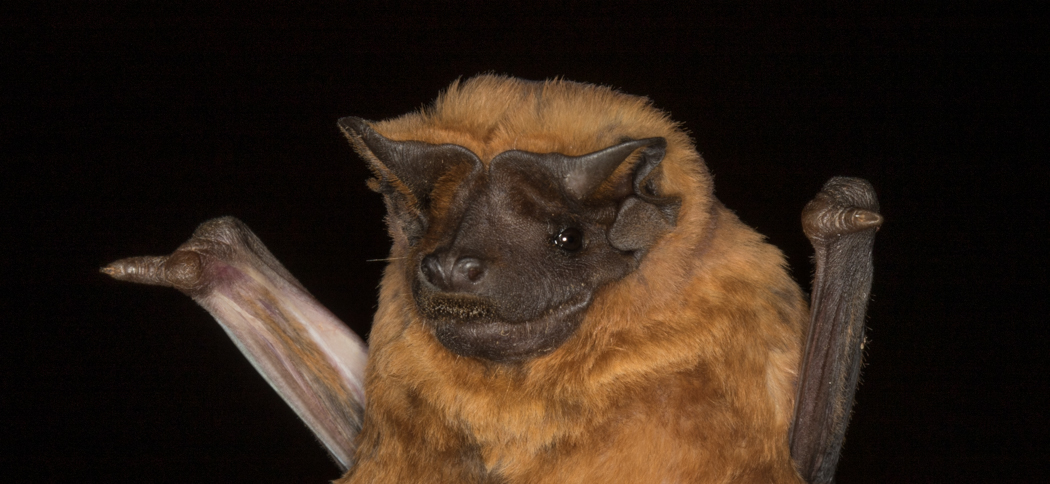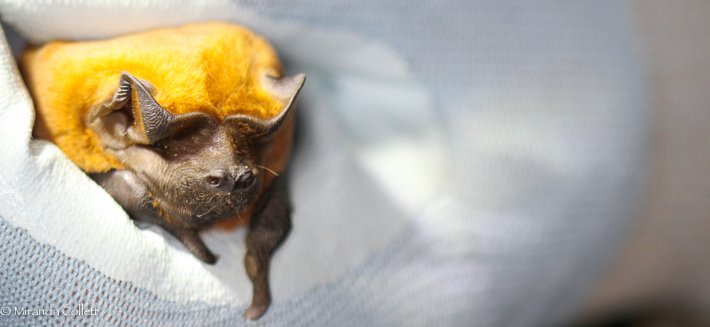
Strange Tails
We're delighted to have a strong population of strange-tailed tyrants at the reserve. So much so that we've adopted these beautiful and endangered birds as the symbol of the Trust
The growing diversity of the animals of Reserva Don Luis is a fresh source of delight every time we return. We don't play favourites, but it's impossible not to engage more with some of our more conspicuous guests. One of these is the strange-tailed tyrant. The male is stoic in his tolerance of one of nature's strangest - and it would seem least practical - adaptations. He's willing to suffer to be beautiful, and somehow manages to fly with tail feathers that were surely designed for a bird three times his size.
We love his perseverance; his resolution to succeed against challenge, and his ability to prove that anything is possible. He's appearing in growing numbers on the Reserva Do Luis, and his success has become an allegory for, and a symbol of, our own.
When we started the process of updating and redesigning our website, we wanted to adopt an image that symbolised our aims and our challenges. This brave little flycatcher, with his indomitable character, was the perfect choice.
The logo is a stylised profile of a male tyrant, silhouetted against the sunrise. We coloured the sun the blue of the Argentinian flag in honour of this country's beauty, its climate and the breathtaking span of magnificent animals that it nurtures.

Bat Research
Our bat team is conducting bat research both in the Ibera Marshes and in other provinces. We are especially concentrating on Misiones at the moment where we find the largest bat in Argentina, Chrotopterus auriitus and Myotis ruber, two species that we are researching.

Molossus rufus
Black Mastiff Bat
The Black Mastiff Bat is a reasonably common resident in the Ibera Marshes. We often pick up their echolocation calls on our bat detectors. This one below was caught in a mist net at a neighbour's property which had some old buildings. There was evidence of a large population of these bats in this location. Sadly the owner destroyed the roost in 2016 in the springtime, possibly causing the death of juveniles. As a result, we now get several of these species at Reserva Don Luis although we have not discovered them roosting in our roofs yet.
It is a member of the family Molossidae and has a free tail which is typical of this family. The ears are medium in size with a mushroom shaped tragus. The snout is slightly dog-like.
It is quite a large bat in comparison to other insectivorous bats and weights around 30g. The colour variation is quite dramatic - we found yellow specimens as well as red, brown and black ones.
Mating takes place in the autumn and the female bears one young in the Argentine spring. The male is larger than the female in this species.
Yellow Form of Black Mastiff Bat
s.

